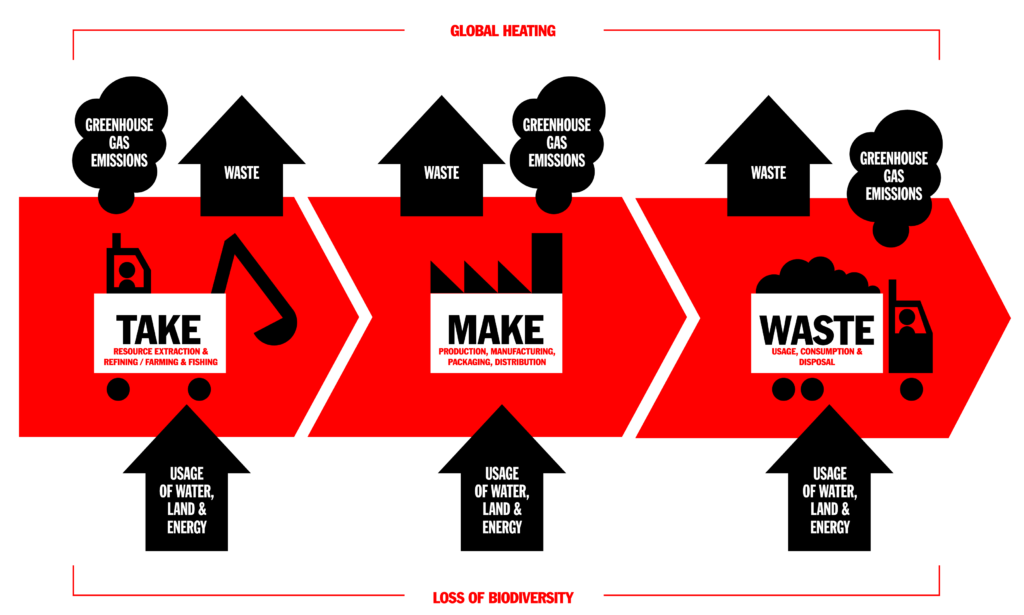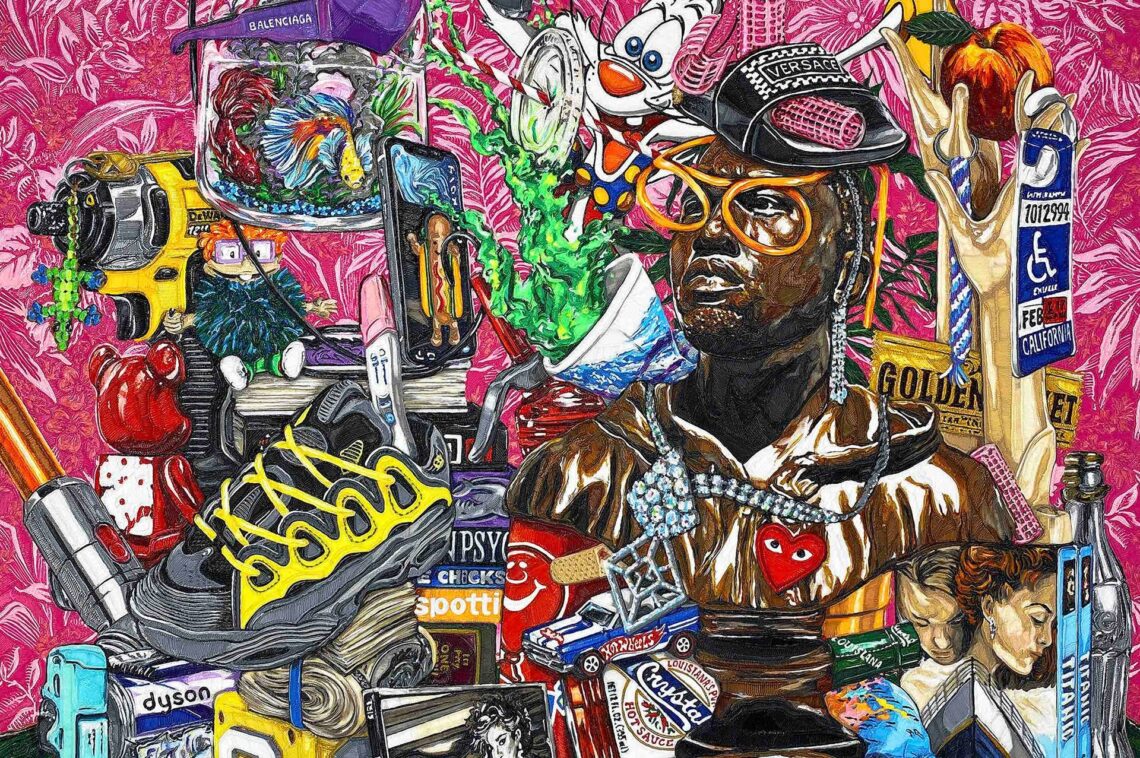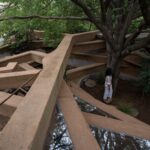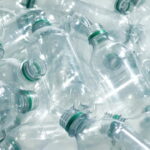As I sat at the lecture at the Godfrey Thomson hall, making notes to evade the lethargy that entails a cold winter morning, the mention of ‘Ecoliteracy’ and the socio-political nuances of Design and the nescience of the same within the design industry piqued my attention. It made me wonder if I, an Interior designer with a significant two years in the industry, was ever fully cognizant of the various subtleties and implications of design on the environment. The need for designers to treat the environment as the basis for prosperity (Boehnert, 2015) while understanding the relationship between the various components of ‘Nature’ is now more imperative than ever. With the rapid loss of biodiversity and an exponential increase in the ramifications of Global warming, ‘Sustainability’ as a concept demands more spotlight. In an attempt to create a more sustainable living, we need to address one of the causes of the problem – the Consumerist culture that enables Capitalism.
Global Warming is exceedingly impacted by Consumerism. It is driven by a growth economy that favours the ever-expanding consumption and adopts a ‘Take-Make-Waste’ approach to the utilization of resources, in which raw materials are collected, transformed into products that are used briefly, and then thrown away. Take, make, waste – which is detrimental to the ecosystem. A designer’s agency comes into play with the fact that everything around us has been designed: the clothes we wear, the buildings we live and work in, technology, mobility, and transportation. Unfortunately, since the Industrial Revolution, most things have been designed to fit the linear model, where life cycles are short and materials are nearly impossible to recover. (What design can do, 2021)

Available at – https://www.whatdesigncando.com/stories/how-bad-design-is-driving-the-take-make-waste-economy/
“Up to 80 percent of a product’s environmental impact is baked in at the design stage.” — Katie Treggiden, author of Wasted (2020)
In order to alleviate the ramifications of this linear consumerist mindset, designers need to take accountability and make informed decisions to prolong the consumption of a particular product.
To further substantiate my case, I illustrate the usage of Apple products and the “throw-away” mindset around it. Never having understood the glorification of anything Apple produces, I still cannot bring myself to fathom the social and economic hold the brand has on society, inserting itself as a symbol of wealth and status for many, an ’emissary of sophistication’ put on a pedestal that people, especially the middle class from developing countries, yearn to achieve. This status is further exploited by the brand that produces technology designed with the intention of a shorter life span, which propagates the sales of the next upgraded model released into the market and becomes the latest “must-have”. This heedless design production and senseless consumption becomes a dangerous loop, with no visible light at the end of the tunnel.

Simply enough, a cleaner, greener world will come about not just from more sustainable products, but with new design thinking that will help people experience a better world to come – facilitated by more consideration throughout the design process – that creates individual, collective, and systemic change. (Open access government, 2019)
Bibliography –
Open Access Government. “Is design killing the planet?”. October 24, 2019. Available at – https://www.openaccessgovernment.org/killing-the-planet/76530/
What Design can do. “How bad is design driving the ‘Take-Make-Waste’ economy”. January 19, 2021. Available at – https://www.whatdesigncando.com/stories/how-bad-design-is-driving-the-take-make-waste-economy/
(https://www.artsy.net/artwork/anthony-white-the-overlook)
(https://www.artsy.net/artwork/anthony-white-the-overlook)








gmarmont
3 November 2023 — 11:21
This is a very compelling set of reflections on the complexity of consumer culture. I encourage you to carry on exploring the nuances of this phenomenon by questioning how material conditions make certain modes of consumption possible or impossible, convenient or difficult, accessible or inaccessible, etc. Also potentially of interest is a book by Raj Patel and Jason W. Moore titled ‘A History of the World in Seven Cheap Things’ https://www.ucpress.edu/book/9780520299931/a-history-of-the-world-in-seven-cheap-things